Leading by example: how AquaBounty, Oxford Biomedica, and Berkeley Lights have successfully brought products to market
Chances are, you’ve personally used or benefitted from bioproducts - products made from renewable biologic materials. Alternative protein sources such as the Impossible Burger and Pivot Bio’s nitrogen-fixing PROVEN™ fertilizer are just two of many successful bioproducts. In December, North Face Japan will offer the Moon Parka – a high-performance ski parka manufactured with Spiber, Inc.’s bioengineered spider silk. Geltor’s HumaColl21TM , a biocompatible collagen for human skin cells, is a key component of Kolam Korea’s anti-aging face cream. Once bioproducts like these reach the market, it’s easy to overlook the fact that the work needed to adapt a biological process for use in the manufacture of a marketable product is just one step in a complex series of steps necessary for success.The process of bringing a bioproduct to market is a challenge for a number of reasons. At the start of the process, it’s often the case that entrepreneurs with a technological capability struggle to find a real-world use for that technology. Once a use is identified, there must be an associated product, process, or service that compels consumers to become customers. As with any product, positioning in the marketplace with an eye toward positive consumer reaction is essential. When each of these stages has been accomplished, bioproducts generally face an additional hitch in the fact that, despite their environmental friendliness and sustainability, the public and regulatory agencies tend to be wary at best.Advice on how to navigate such challenges is essential for many young startups in the biotech and synthetic biology space. Cambridge Consultants, a UK-based firm, assists synthetic biology companies around the world at all stages of the product life cycle. Over the years, James Hallinan, Business Development Manager of Synthetic Biology at Cambridge Consultants, has studied the success of a wide range of companies.“It’s not just about having a great idea,” he says. “It’s about having a great idea that is executed well.” He identifies three traits that are especially important in a successful company: perseverance, flexibility, and execution. Here are three companies that exemplify how each of these challenges can be successfully met.
Perseverance – AquaBounty Technologies
“The first lesson,” says Hallinan, “is about perseverance as a really critical component.” AquaBounty is a prime example. In 1989, Garth Fletcher – co-inventor of GM salmon – and his team found they could use advanced molecular genetics to increase the growth rate of Atlantic salmon. The increase in growth rate was enough to shorten the time required to bring salmon to marketable size. With a shorter growing time, less food for the fish was required. It was also possible to grow the fish inland, rather than in fish farms in the ocean. These factors led to lower costs and a reduced environmental impact.

Photo by Caroline Attwood on UnsplashWith all of the benefits, it would seem that AquaBounty’s AquaAdvantage Atlantic salmon would be a sure hit. But consumers and the FDA were not ready for GM salmon in 1995 when the first application was submitted. For that matter, they were not ready in the early 2000s. One of the concerns was that the genetic modification would reach the native salmon population despite the fact that the fish grown from AquaBounty eggs are sterile females. It was not until nineteen years later that the salmon received approval for consumption in the U.S. AquaAdvantage Atlantic Salmon is expected to hit grocers’ shelves in 2020.“What I really admire about ,” says Hallinan, “is that they had the persistence to just keep going” even when the public wasn’t ready for their product and they had to continue on despite that. “I think that on a larger scale, aquaculture is going to become increasingly important as we start to reduce the use of protein sources with significant greenhouse gas impacts like beef and pork.”
Flexibility – Oxford Biomedica
It’s entirely possible to have a great idea and set out to pursue it to what seems to you to be the logical conclusion. Frequently, this does not lead to success because the position you envision for your company is not the position the market will support. In the case of Oxford Biomedica, the original plan was to produce treatments for neurodegenerative disease and spinal cord repair,” says Hallinan.“They were a classic biotech developing biological drugs. But the challenge to entering the market was that it’s a high-risk endeavor.” Testing the product and coming up with a viable product requires a lot of time and capital.Lack of initial success left Oxford Biomedica to rethink their goal. They decided to pivot from being a company where the therapy was the aim to one where a product to help others to create therapies was the aim. Their LentiVector® delivery platform is the basis of their partnerships with companies like Novartis. The partnerships bring income to Oxford Biomedica while making it possible for Novartis and others to have a reliable, stable source of material.

By Stan Zurek - Own work, CC BY-SA 3.0“Oxford Biomedica is now the world’s largest provider of viruses for selling gene therapy,” says Hallinan. They are so successful, he says, “because even when you get your product and you’re starting to target the market you may find that you need to pivot, and you need to pivot effectively. Oxford Biomedica was not a tiny startup when they pivoted. They were an established company with a couple of hundred people. It was a big thing for them to change direction, but they’ve done that, and they’ve done that successfully. Now they’re in a position where they’re selling their product at significant scale.”
Execution – Berkeley Lights
“You sometimes need to do something really different in order to make an impact,” says Hallinan. Using the example of taking a collection of cells and isolating some population from that group of cells, Hallinan emphasized that people have been using technology that “hasn’t really advanced significantly for the best part of three decades.”Until now, that is. A company called Berkeley Lights, in recognizing the bottleneck created by the massive amount of data created during antibody discovery, has successfully made an impact by doing things “really differently.” As Hallinan puts it, “Berkeley lights set out to create an entirely new architecture.”Their desired architecture optimized throughput and permitted greater precision and control -- down to the individual cell level. The company developed an optofluidic-based technology to achieve this goal, and their platform now enables real-time, non-destructive, and manufacturing-relevant analysis with optimized multiple serial assays across thousands of clonal populations in a single experiment. Berkeley Lights’ ability to deliver -- in a big way -- disrupted an entire industry.AquaBounty, Oxford Biomedica, and Berkeley Lights are just three examples of how companies in this space can successfully address and overcome the challenges unique to bringing a bioproduct to market. With more companies following their lead, it’s only a matter of time until the power of synthetic biology changes our world forever.



.svg)






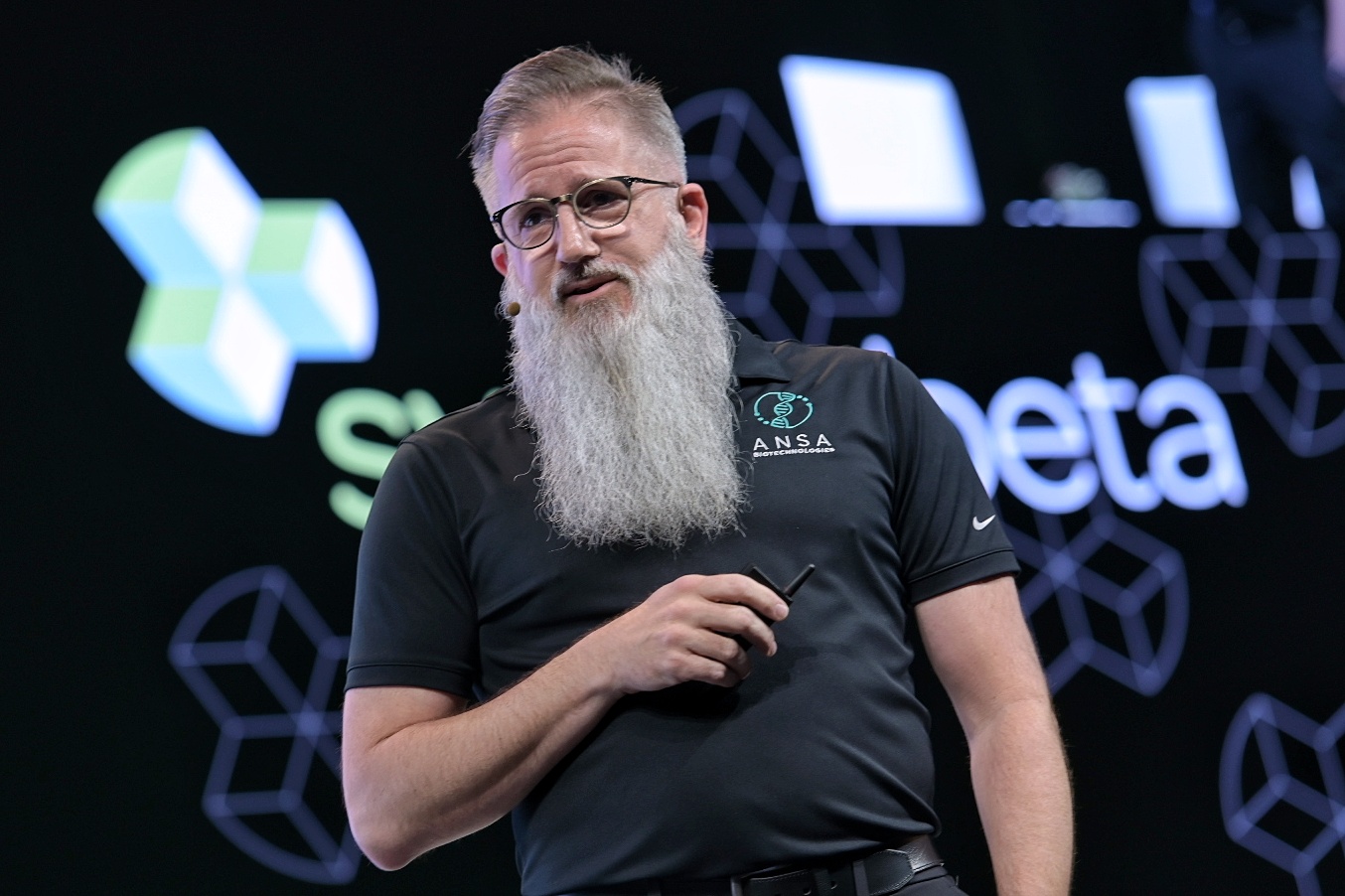
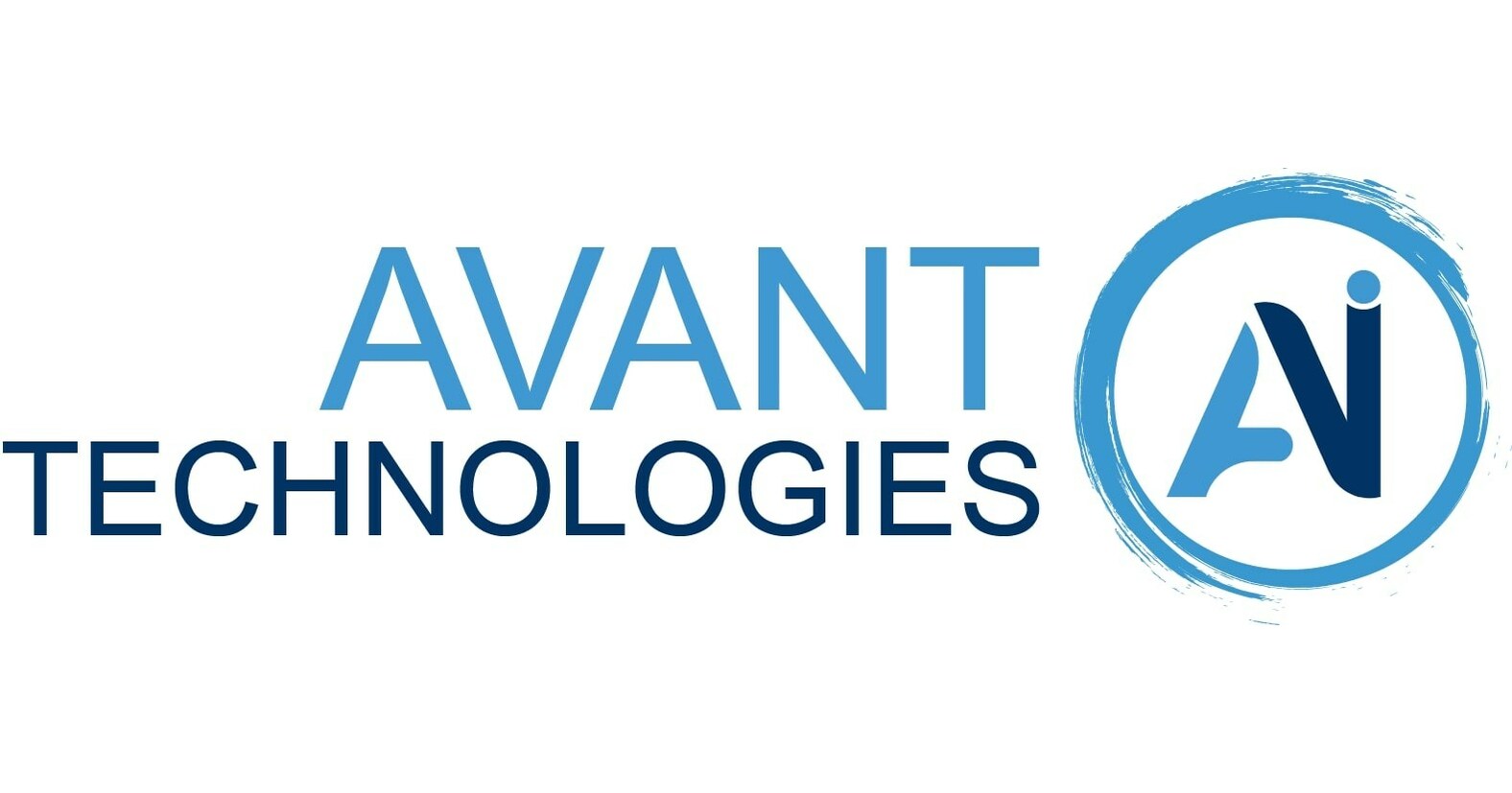
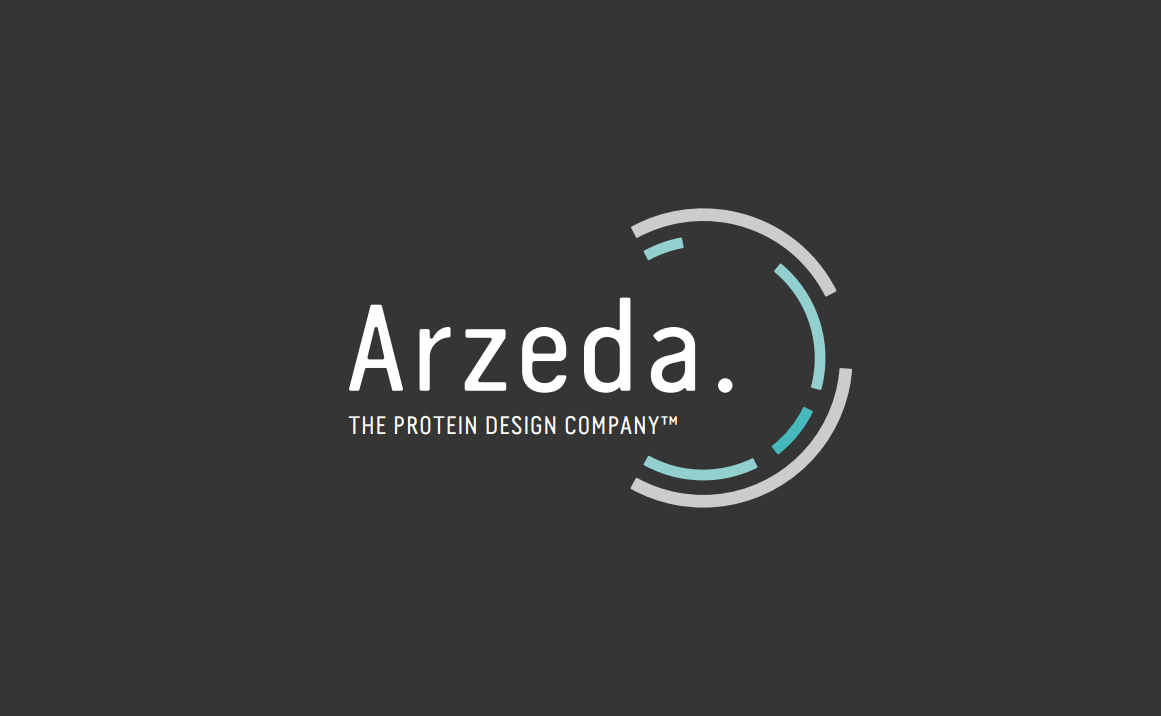
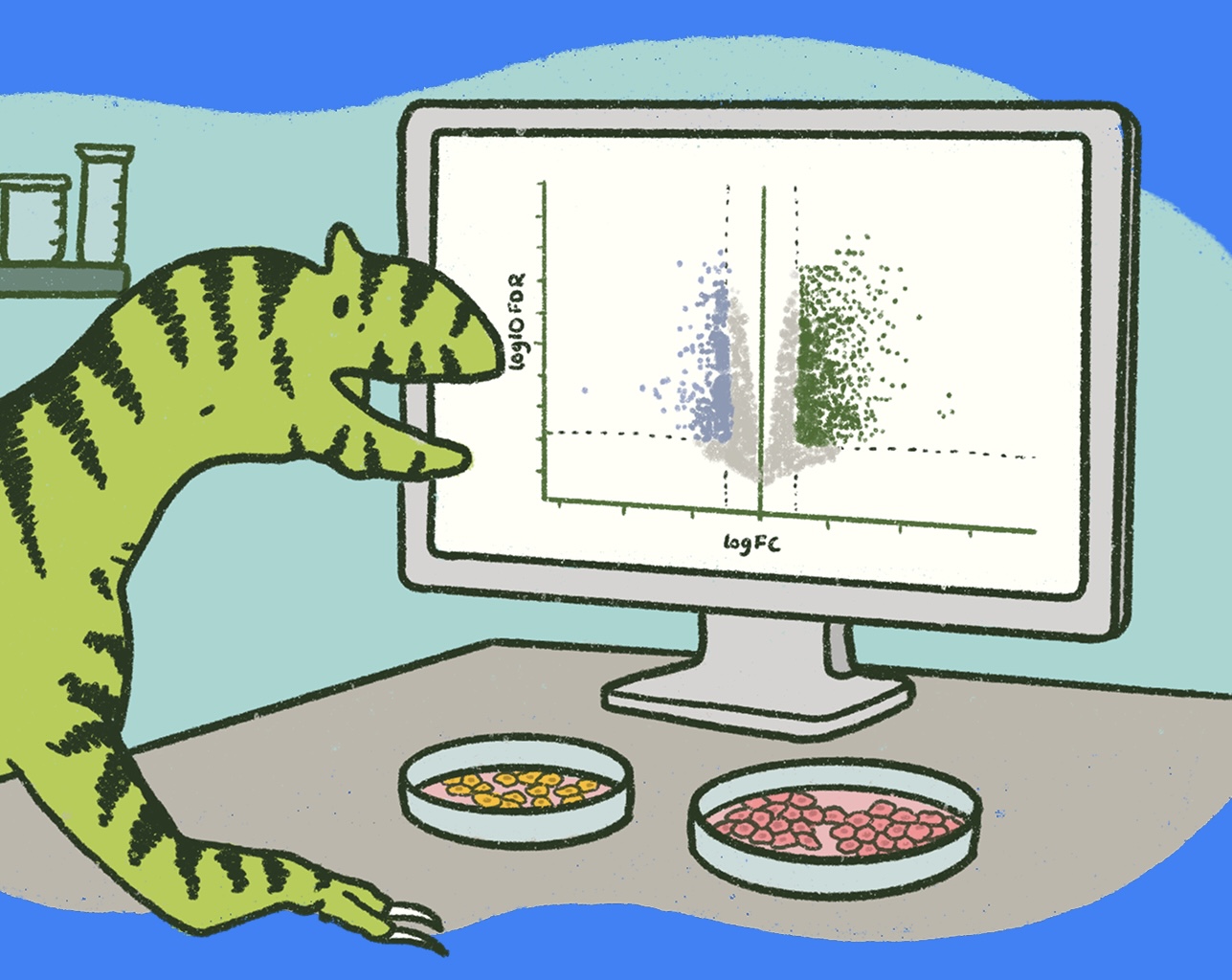
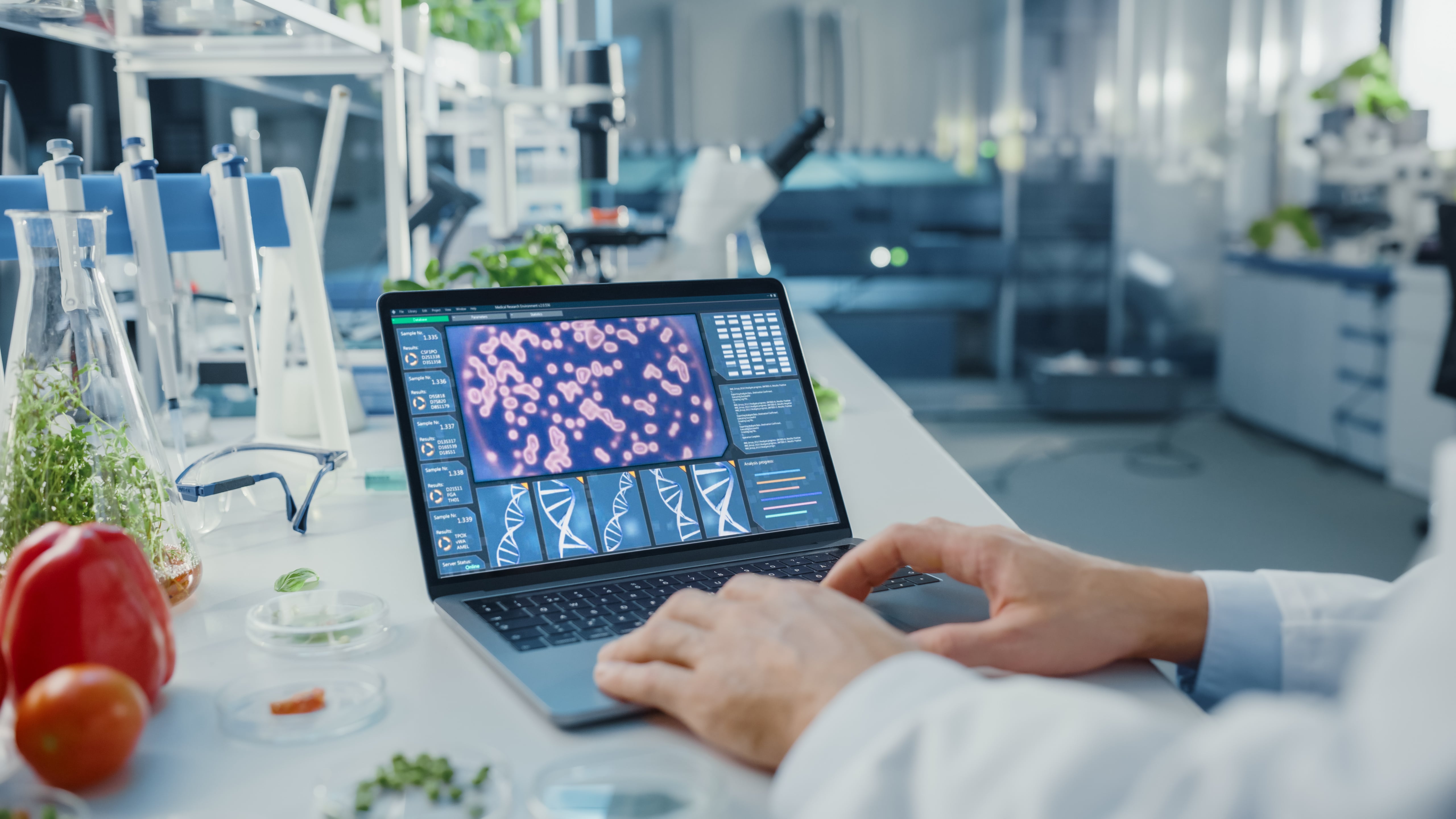
-min.png)
.gif)